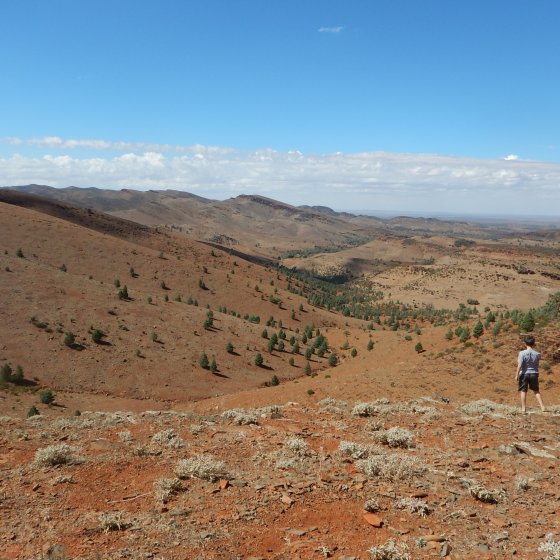- Home
- Environmental Themes
- Climate
- Our Climate
Our Climate
Australia’s climate and weather patterns are influenced by a number of factors. Over the last three years, we have been under the influence of La Niña, which has brought rain and cooler temperatures. It is predicted that we are entering El Niño condition years, including hotter temperatures, decreased rainfall and increasing risk of bushfires.
Climate summaries since 2018
South Australia |
Greater Adelaide |
|
2023 |
|
|
2022 |
|
|
2021 |
|
|
2020 |
|
|
2019 |
|
|
2018 |
|
|
Aboriginal People
Aboriginal people and their connection to Country are most at risk from climate change. Aboriginal people have a deep connection to Country and rely on Country for their health and wellbeing. They have managed Country and have a cultural knowledge of Australia’s climate that dates back thousands of years. They are observing sea-level rise and changes to plant growth, animal behaviour, water availability and fire patterns, which are impacting their health and wellbeing and cultural heritage.
A report has been prepared by the Healthy Environment and Lives Network and the Centre for Research Excellence within Strengthening Systems for Indigenous Health Care Equity for the Lowitja Institute, which discusses climate change and Aboriginal and Torres Strait Islander health.
Key findings from this paper are as follows:
- Climate change will disrupt cultural and spiritual connections with Country that will impact the health and wellbeing of Aboriginal and Torres Strait Islander people.There have been gaps in consultation and engagement with Aboriginal and Torres Strait Islander people on the assessment of risks and impacts associated with climate change.
- Traditional knowledge of Country must be considered and included when planning action regarding climate change.
Climate change will also affect access to bush foods and water supplies for Aboriginal people, particularly in remote areas. Many Aboriginal peoples live in the northern regions of South Australia that will experience more extreme temperatures caused by climate change. Extreme floods and bushfires will also increase the risk of impacts to cultural heritage sites.
Community Views
Concerns regarding climate change were frequently mentioned by 2023 SOER YourSAy survey respondents. Common issues raised by respondents included:
- increased temperatures and risk of droughts, fires and other extreme weather events
- impacts of climate change on natural habitats and biodiversity
- effects of climate change on water and food availability.
